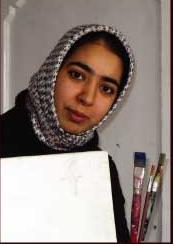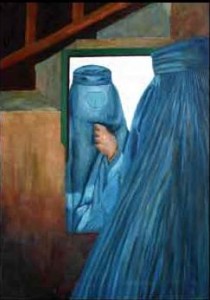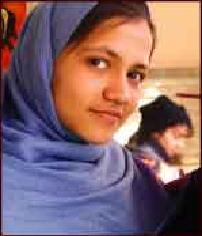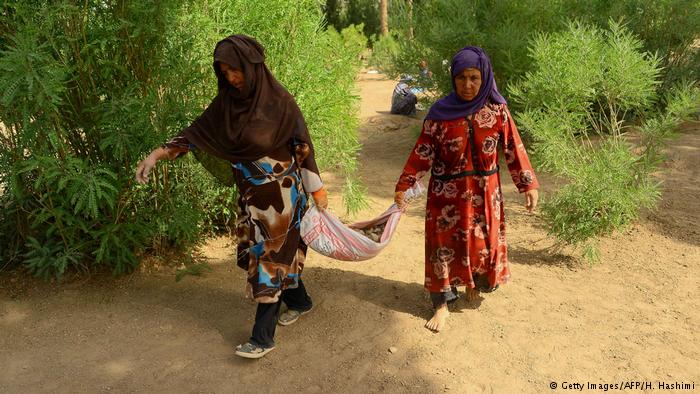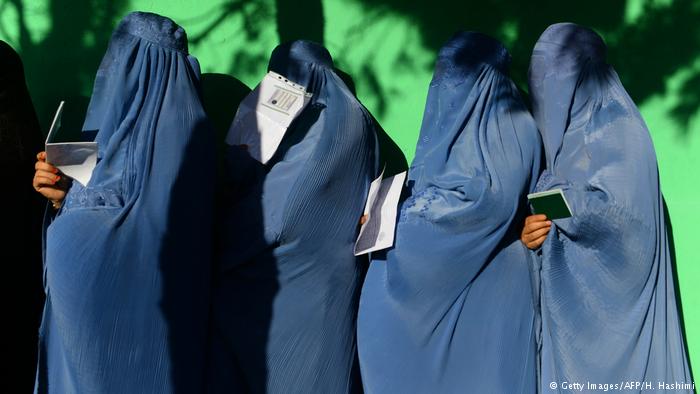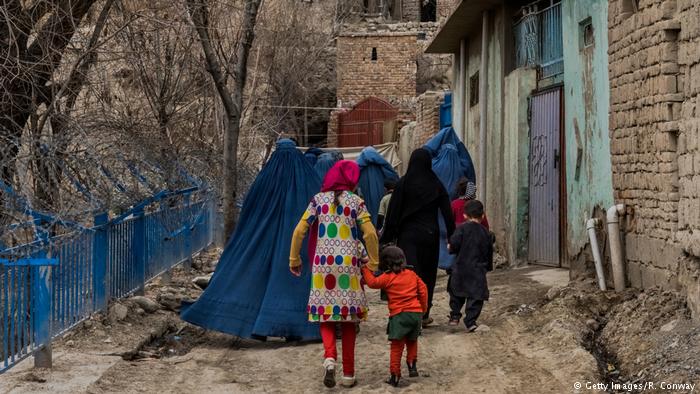Painting pain and renunciation
Crisis and conflict in Afghanistan often overshadows the innumerable achievements of men and women, who are striving to promote art and culture in their country. Until some time back, girls were not allowed to pick up a pen and write a single word, but now they hold painting brushes and use their imagination to express their feelings.
Marina Zaffari profiles some promising women artists from her country.
Only for women
An art center especially for girls is a great idea in Afghanistan, especially because Afghan families feel comfortable if their daughter is not participating in some activity which involves men. This helped the Center for Contemporary Arts in Afghanistan (CCAA) attract several women and introduced art to women for the first time. Later, several of these women participated in exhibitions outside the country.
Khadija Hashimi is a school graduate. She joined the CCAA in 2006. She says that the existence of such art centers for improving professional skills is very important. Her paintings are mostly about women. One of them shows a woman with each half of her face depicting something different. One is a simple, neat woman’s face wearing a headscarf. The other half has a woman with open hair.
When I see this painting, I remember a quote by Paulo Coelho, “We can never judge the lives of others, because each person knows only their own pain and renunciation.” I think this is a perfect description of the picture because a person may be different from what he or she looks like. Maybe the woman in the headscarf is basically a very colourful and lively person.
This painting shows a woman in a veil, an Afghan burqa, standing in front of the mirror.
The name of this picture is “Mirror of History.” According to Zarghona Hotak, the painter, the women of Afghanistan have been always censored in history. For me, this picture depicts how women in Afghanistan have been suppressed by men, they have always been marginalized and have lost their real identity- who they are and what they live for.
Zarghona says, she looks forward to the development of women’s artistic talent with the support of international donors and governmental and non governmental organizations. “I feel nice when I see that women are now doing things which they never did before.” Like every other occupation, arts are also defined by men.
Women’s art?
Professor Rahraw Omarzad, the head of Center for Contemporary Arts in Afghanistan CCAA and Professor of fine arts in Kabul University, says that in his four years of university, he never read much about women artists or women’s arts and it is one of the reasons that he made this centre only for women. Both men and women were learning contemporary arts at CCAA, but in 2006 the focus of the institute changed.
Women of this center achieved success in a very short time. Professor Omarzad says thatwomen are the pioneers of modern art in Afghanistan. The CCAA was established in August 2004 where women get trained in modern arts. For the first time in Afghan history, the CCAA held an exhibition of paintings by women in February 2008 which was highly appreciated by national and international guests. This was the start for other big international exhibition in Italy, Germany and India.
Author: Marina Zaffari
Editor: Manasi Gopalakrishnan




